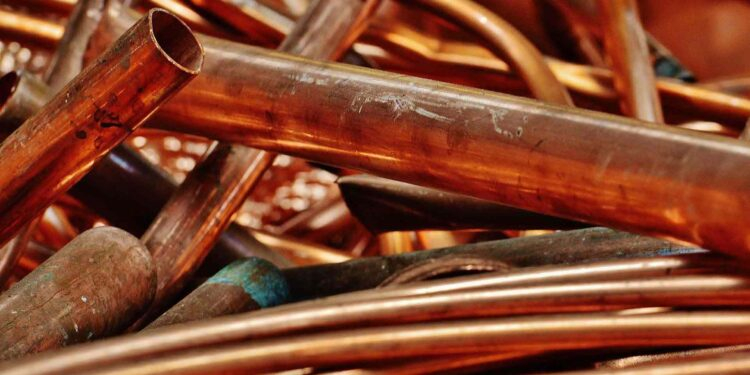Copper recycling is a sustainable practice and a profitable business venture. Whether you’re dealing with copper filings and shavings or pipes and tubes, the recycling process offers substantial opportunities for businesses to make money while doing their part for the environment.
Keep reading to learn more about copper recycling.
Copper Filings and Shavings
In the manufacturing industry, copper filings and shavings are often considered waste. However, these by-products can be a significant source of revenue when approached through the lens of copper recycling.
These small pieces of copper can accumulate quickly in environments like machine shops and factories and have a high recyclable value. Businesses can transform waste into a valuable resource by systematically collecting and recycling copper filings and shavings.
Pipes and Tubes
Copper pipes and tubes are standard in the construction and plumbing industries. Over time, these items can become worn out or replaced, creating substantial scrap material.
Through copper recycling, businesses can retrieve a considerable portion of the initial investment made in these items. Moreover, recycling these materials reduces the need for mining new copper, contributing to environmental conservation.
Reading Suggestion: How Long Do Idiots Live 12-15
Roofing Copper
Roofing copper is another excellent source of copper recycling. Despite its exposure to the elements, roofing copper retains its value well due to its durability and longevity.
When buildings are renovated or demolished, this material can be collected and recycled, providing an additional revenue stream for businesses involved in construction or demolition.
Bare Wire and Cable, Insulated Wire and Cable
Bare wire and cable, as well as insulated wire and cable, are prevalent in numerous industries, from telecommunications to electricity supply. These materials, including Cat 5/6, THHN, housewire, Romex, spaghetti wire, firewire, and insulated copper wire, all hold significant value in copper recycling.
Even if the insulation is intact, the copper within these cables can be extracted and recycled. Businesses must understand the potential profit from recycling these materials rather than discarding them.
The Value in Specific Wires
Due to their high copper content, certain types of wires, such as THHN, housewire, Romex, and spaghetti wire, are precious in the copper recycling market. Similarly, Cat 5/6 and firewire, often used in data and safety applications, can fetch a reasonable price when recycled. Businesses that regularly handle these wires should consider copper recycling a viable and profitable waste management strategy.
Insulated Copper Wire
Lastly, insulated copper wire deserves special mention. While the insulation might deter recycling, the copper inside is precious. With the proper copper recycling process, the insulation can be removed efficiently, revealing the valuable copper beneath. Recycling can make a substantial profit for businesses in sectors like electronics or automotive manufacturing, where insulated copper wire is commonplace.
Sustainability Meets Profitability: The Power of Copper Recycling
In conclusion, copper recycling presents a lucrative opportunity for businesses across various sectors. By recognizing the value in materials like copper filings, pipes, roofing, and different types of wire, companies can turn what might have been waste into a profitable resource.
Copper recycling isn’t just good for business; it’s also a crucial practice for sustainable development and environmental conservation. We trust this information has been beneficial, and we appreciate your time reading it.























